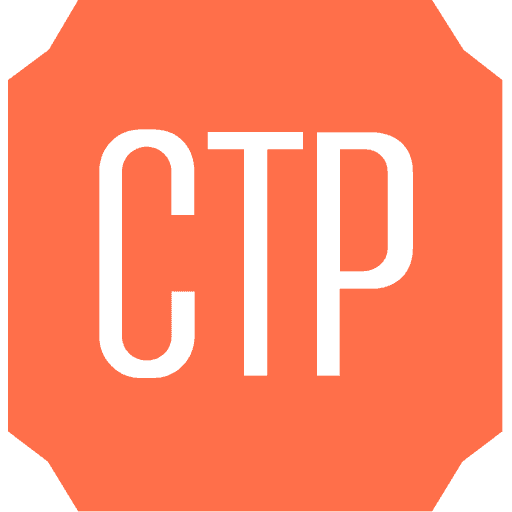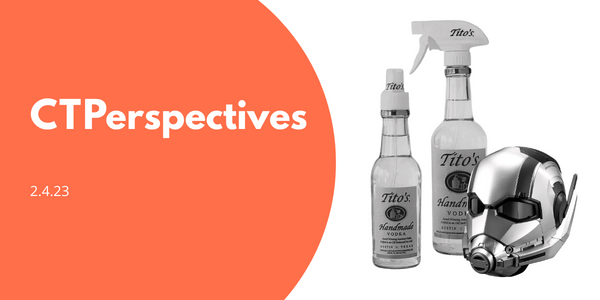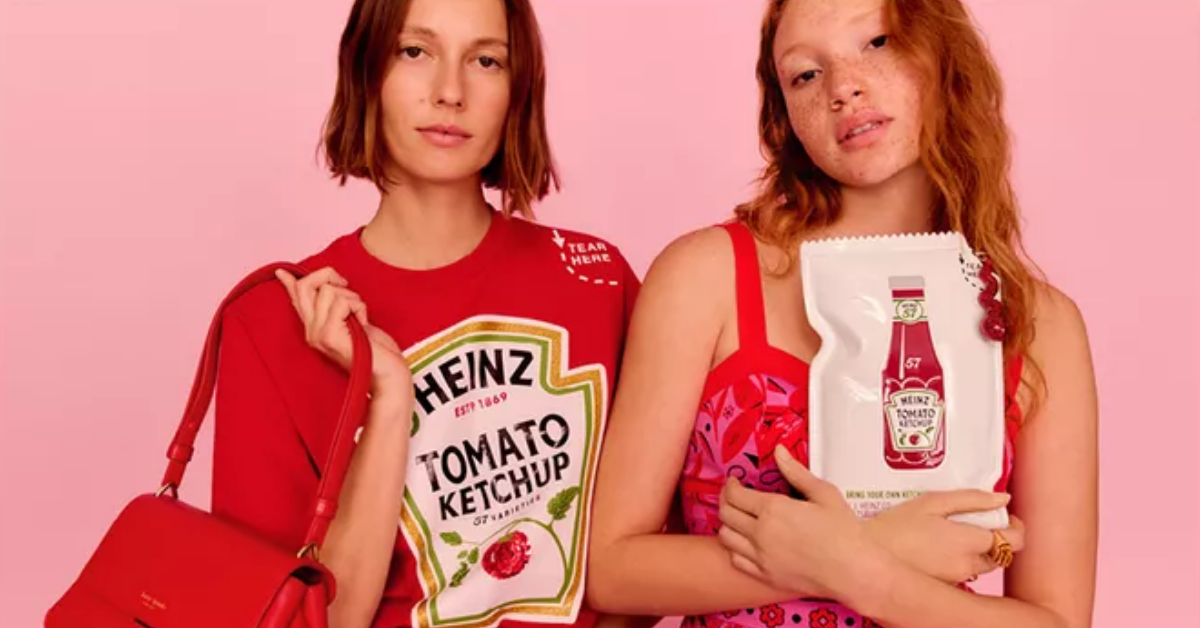If awareness and trial of your brand are important, it’s tough to beat the publicity of a big, special event. Especially if you’re a destination brand. A high profile, well-attended event delivers thousands of visitors, the chance to experience your property and, if communicated right (to attendees and to observers), leads to inquiries and conversions.
But awareness isn’t enough. Too often, when the event’s finished, you hear, “What did we really get out of it?” Or, worse, “We really didn’t get as much out of that as we had hoped.”
And that’s because a destination’s goals and objectives are different. Their interest lies in optimizing the event, not in optimizing your brand, your marketing. The key is understanding this, and building marketing and communications programs that are complementary, but powerful.
We’re currently in the midst of such a program. Over the next two weeks, the United States Golf Association is bringing its flagship events, the U.S. Open and U.S. Women’s Open to Pinehurst Resort, our longtime client. It’s an unprecedented fortnight that has delivered, and will continue to deliver significant exposure to Pinehurst.
Fortunately, Pinehurst saw the need, long ago, that letting the USGA drive PR and communications limited the ceiling on the value of awareness and engagement via earned media. So we built a communications program designed to tell Pinehurst’s story in unique ways that meshed with the Opens but delivered on the resort’s goals and objectives.
If your brand faces a similar challenge, following are a few suggestions for seizing the opportunity:
– Establish goals and objectives. What do you want to get out of the event? How can it help to amplify the messages that you want to deliver to your target audience? This is a critical first step. Without agreement on these – whether internally or for your agency – there’s the risk of getting out of your lane. This could create communications that are in conflict with the event or are too closely tied to the event.
– Take the lead. What is it that sets your destination apart. People. History. Place. Experience. Unique amenities. Identify these complementary story lines, research the right influencers and build a timeline of outreach that delivers a steady stream of coverage in the week, month, year leading into the event.
– Reach beyond. An event offers timely opportunities to tell your story beyond endemic media outlets. Maybe they’ve never considered it. Maybe they’ve just needed a timely peg. So what are those lifestyle, women’s, men’s, business or other non-endemic outlets that normally seem out of reach? A big event, coupled with a unique story angle, can open a lot of doors. But they need a reason to walk through them.
– Begin early. It’s never too early to consider the various communications vehicles that can deliver success. It will lead to better ideas, better platforms and more efficiency in delivery. Trying to deliver mass exposure at the last minute is a recipe for disappointing returns.
– Collaborate. A good partnership with the event’s team fosters maximum reach with optimal efficiency. Meet early and often to keep programs working in tandem and eliminating crossover.
An event provides great opportunity. Like anything else, you need to seize upon it to optimize value. You’d never leave your communications efforts up to the goals and objectives of a third party. You need to be in the driver’s seat. Keep that in mind the next time the opportunity presents itself. Because when it’s over, you don’t want to be the one asking, “What did we really get out of this?”





